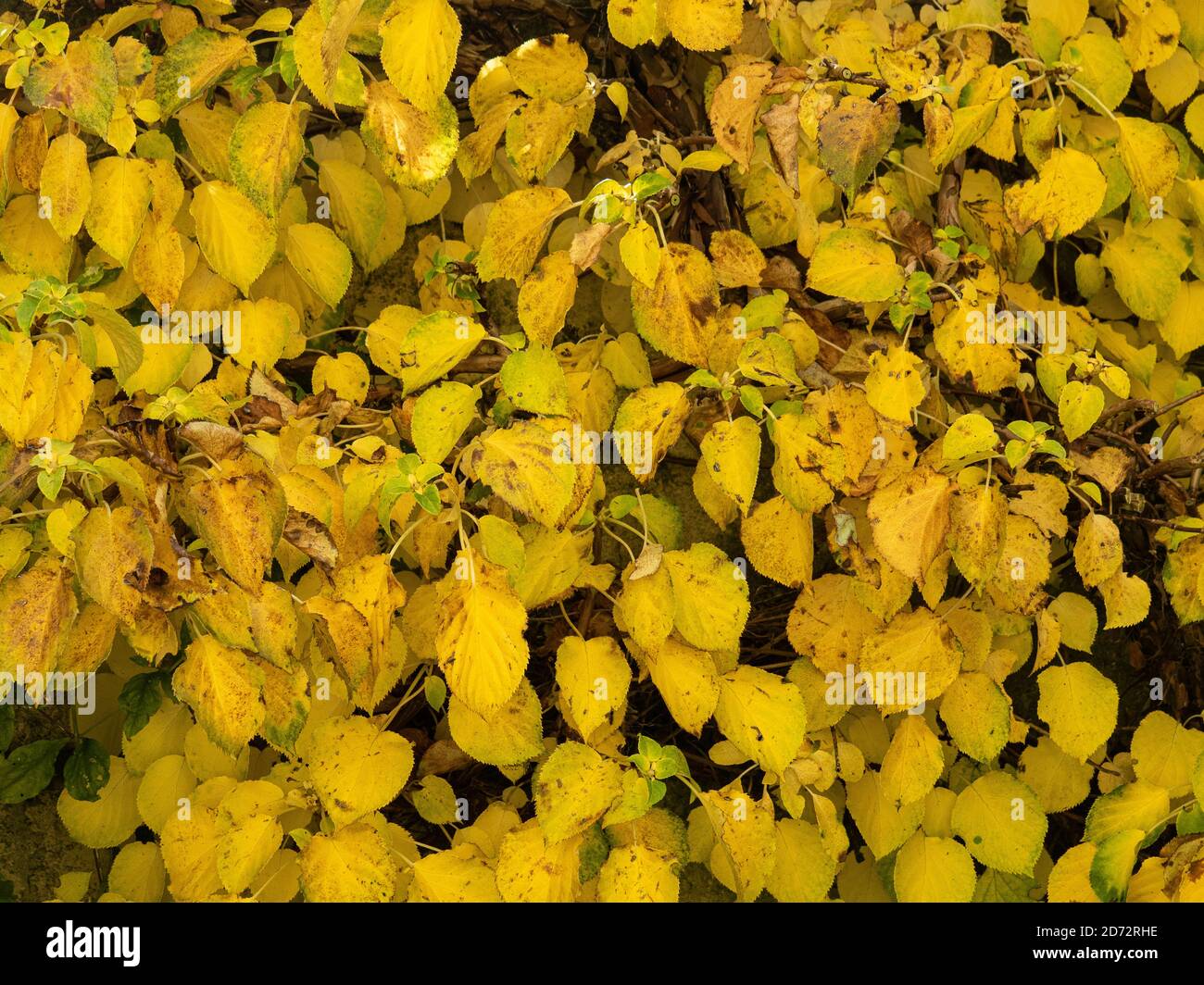Hydrangea Leaves Turning Yellow Fundamentals Explained
Hydrangea Leaves Turning Yellow Fundamentals Explained
Blog Article
Some Known Facts About Hydrangea Leaves Turning Yellow.
Table of ContentsSome Known Details About Hydrangea Leaves Turning Yellow About Hydrangea Leaves Turning YellowNot known Facts About Hydrangea Leaves Turning YellowHydrangea Leaves Turning Yellow Fundamentals Explained
Hydrangea plants are known for their gorgeous flowers, however sometimes their leaves can turn yellow. This is typically an indicator that something is wrong and the plant needs your help.Nevertheless, Hydrangea leaves turning yellow can be a cause for issue. There are several reasons why Hydrangea leaves turn yellow, and most of them are easy to deal with. Allow's look at one of the most usual reasons Hydrangea leaves turn yellow and just how to fix them. Hydrangea leaves commonly turn yellow when the plant is overwatered.
When the roots of a plant are submerged in water for extended periods, they begin to asphyxiate and rot. This process cuts off the roots' oxygen supply, creating the leaves to transform yellow and at some point die. Overwatering can also result in other troubles such as fallen leave decrease, root damage, and fungal development.
If you assume your Hydrangea is overwatered, the most effective option is to let the dirt dry out entirely before watering once again. It's additionally a great concept to inspect the water drainage of your pot or yard bed and see to it that water is not merging around the plant's origins. Hydrangea plants need well-drained soil to prosper.
Hydrangea Leaves Turning Yellow - The Facts
Hydrangea leaves can likewise transform yellow if the plant is not obtaining enough water. This takes place when the plant does not get sufficient water, and the dirt starts to dry out.

This is known as "plant food burn," It happens when the plant's roots are subjected to also much plant food. Other indicators of fertilizer melt consist of brownish or yellow fallen leaves, wilting, and stunted development.
This will help remove any excess fertilizer from the origins of the plant. It's also an excellent concept to decrease the amount of fertilizer you are Extra resources using.
See This Report about Hydrangea Leaves Turning Yellow

If your Hydrangea is plagued with parasites, treating the plant with neem or horticultural oil is the very best service. It's also great to remove any kind of damaged fallen leaves from the plant. You can do this by hand or with a pair of trimming shears. It's likewise an excellent concept to examine the plant regularly for pests and eliminate them a fantastic read as quickly as you see them.
To avoid spreading out the disease, ensure to disinfect your scissors prior to cutting any leaves off. Hydrangea leaves can likewise transform yellow if the temperature stresses weblink the plant. This normally happens when the plant is exposed to extreme cold or warm. The leaves of the plant will transform yellow and begin to drop off.
If the temperature level emphasizes your Hydrangea, you need to move the plant to a location where it will be protected from the extreme chilly or warm. You can additionally attempt to offer the plant with some partial color if exposed to direct sunlight. You can also try including compost around the plant base to help control the temperature.
All about Hydrangea Leaves Turning Yellow
The leaves can also transform yellow if the Hydrangea plant has origin rot. This is typically triggered by overwatering or bad drainage. When the plant's origins are immersed in water for too long, they begin to rot. One of the most typical origin rot signs and symptoms is yellowing fallen leaves, as the fungus stops the origins from taking in nutrients from the dirt.
Various other indications of origin rot include stunted development, wilting, and leaf decrease. Examine the roots of your Hydrangea if it has origin rot. If they are black or brownish, after that they are most likely rotten. If some healthy and balanced origins are left, you can try to conserve the plant by replanting it in a brand-new pot with fresh dirt.
Water the plant very carefully, making certain not to overwater it. If your Hydrangea is heavily affected by origin rot, beginning with a new plant is best. All-natural causes can additionally create yellow hydrangea leaves. The most usual reason is the plant's age. As Hydrangeas age, their fallen leaves will gradually turn yellow and brownish before diminishing the plant.
You can help the plant by ensuring it is getting adequate water and nutrients. You can likewise mulch around the plant base to help it maintain wetness. There are numerous factors why hydrangea leaves could turn yellow and fall off. Hydrangea Leaves Turning Yellow. One opportunity is that the plant is not obtaining enough water.
Report this page